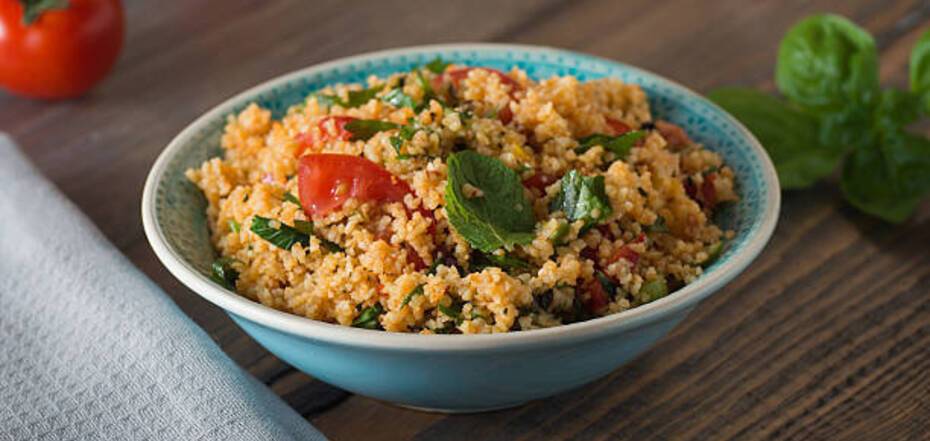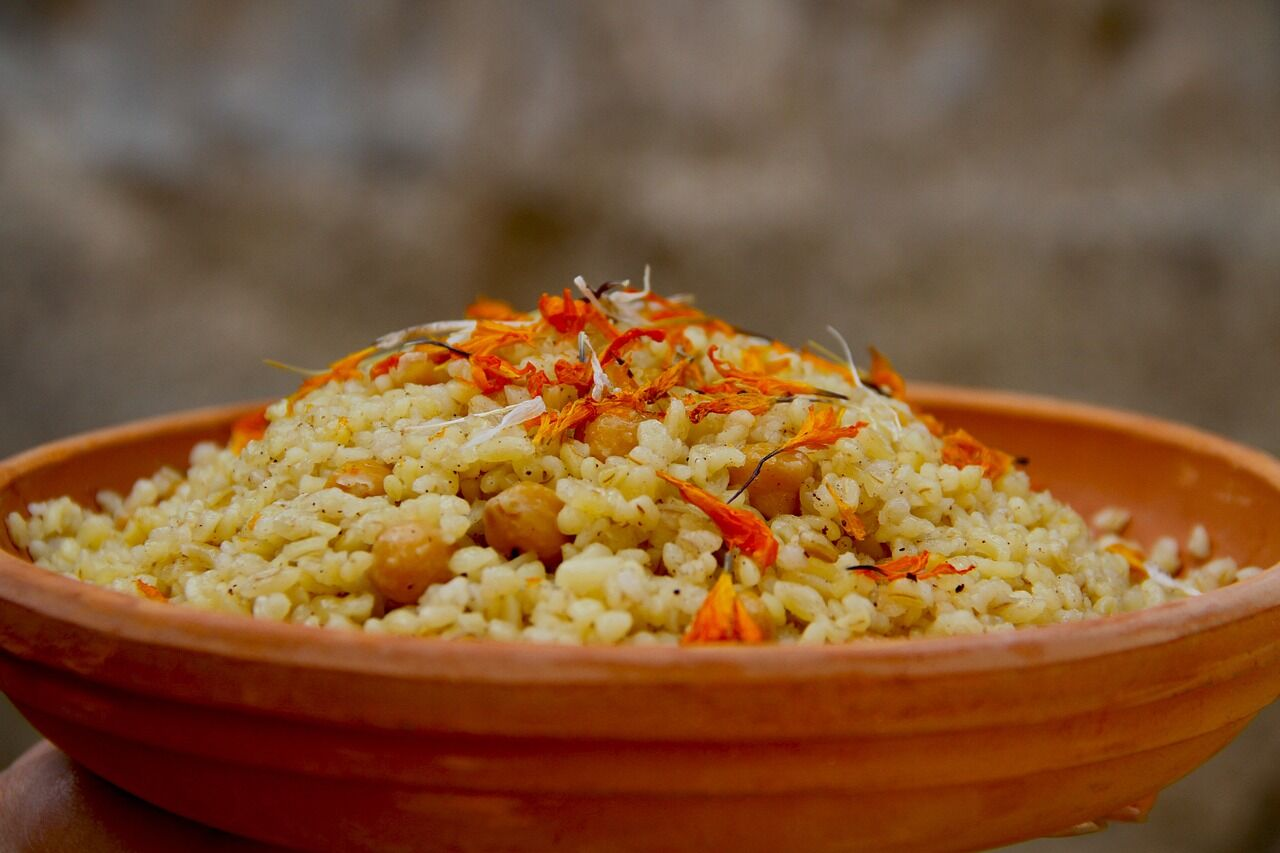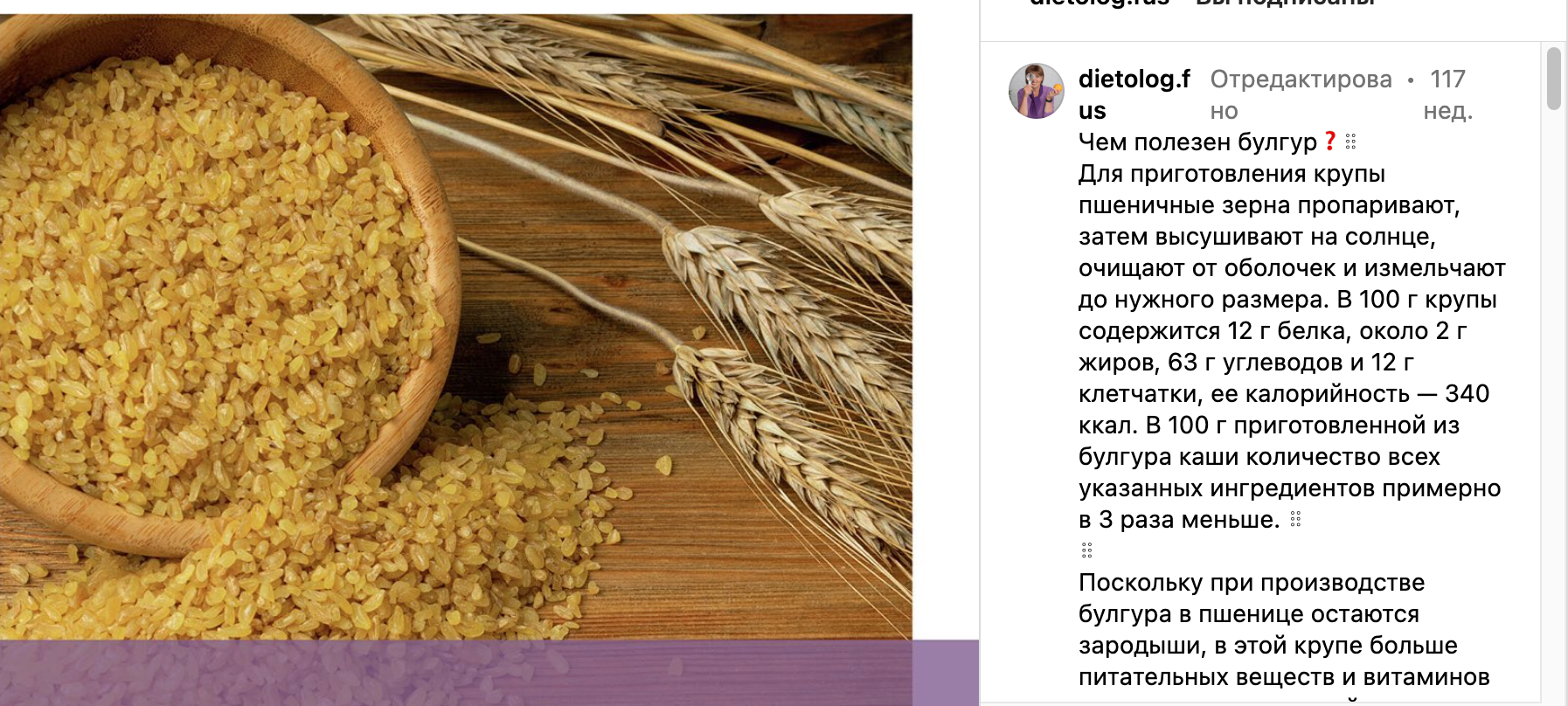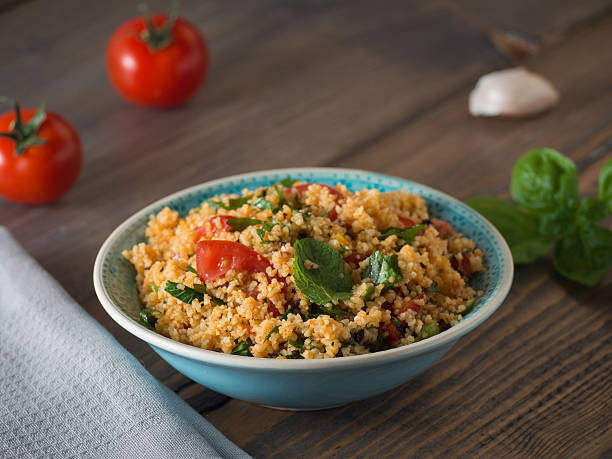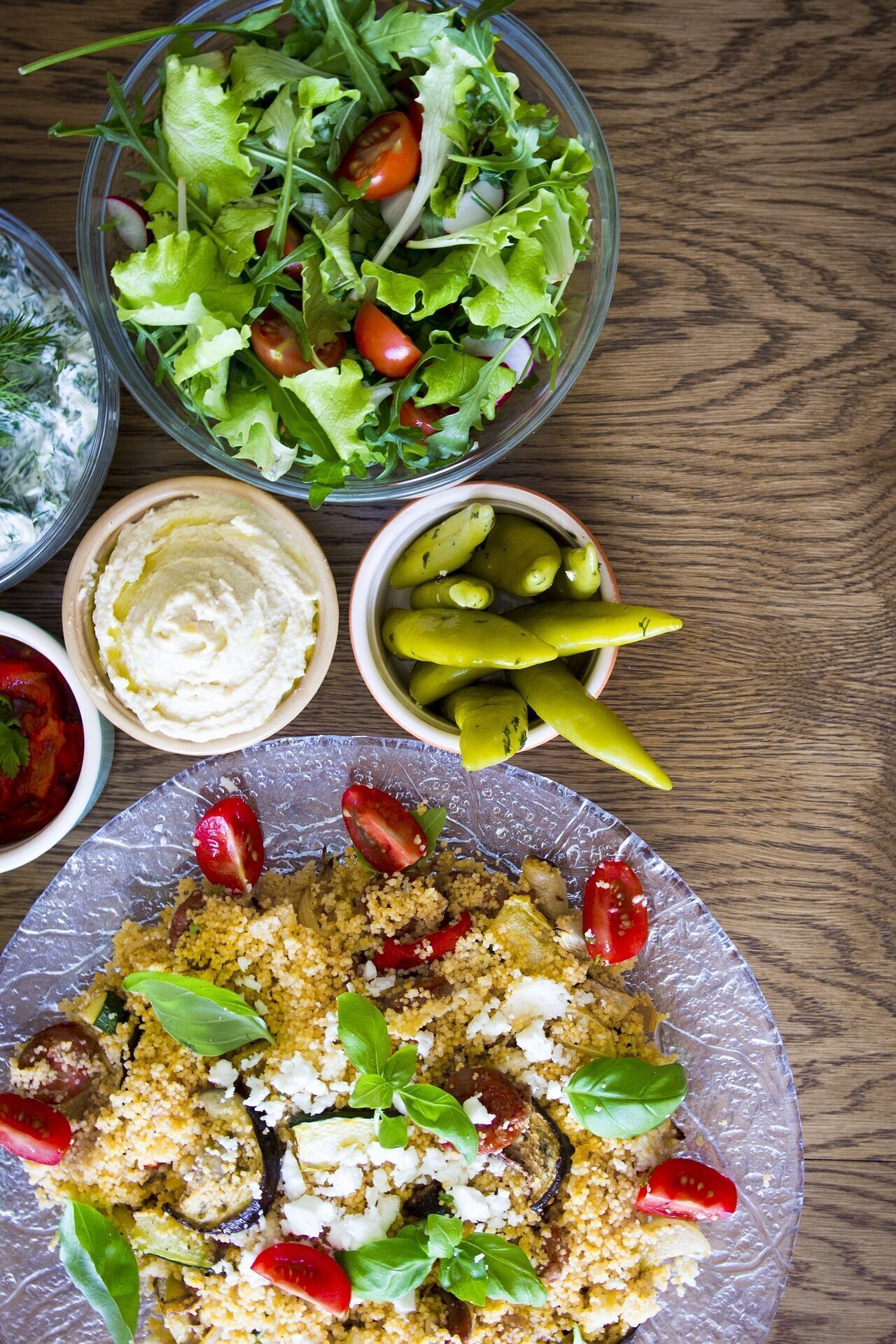Food
What is bulgur good for, how to cook it properly and what to eat with: an expert's answer
Bulgur is steamed wheat grains that are first steamed and then dried in the sun, peeled from their hulls, and crushed to the desired size. It is worth noting that 100 g of cereal contains 12 g of protein, about 2 g of fat, 63 g of carbohydrates and 12 g of fiber, and its caloric content is 340 kcal. In 100 g of porridge made from bulgur, the amount of all these ingredients is about 3 times less.
Nutritionist Svitlana Fus shared on Instagram how bulgur is good for you and how to cook it properly so that it retains all its beneficial properties.
"Since the wheat germ is left in the bulgur during production, this cereal has more nutrients and vitamins compared to semolina, couscous and many other popular cereals. Bulgur contains B vitamins (except for 12), K and PP, folic acid, and minerals, including phosphorus, potassium, calcium, iron, zinc, manganese, and magnesium," the expert said.
The expert clarified that boiled bulgur is digested more slowly and creates a feeling of satiety for longer, compared to semolina and couscous. The glycemic index of bulgur is 47, couscous 65, and semolina 75.
What to eat with bulgur to make it even healthier
"It is useful to add berries, fruits or greens to bulgur to improve the taste of the dish and saturate it with vitamins. A traditional bulgur dish is Tabule salad, cold boiled cereal with herbs and fresh vegetables, dressed with lemon juice and olive oil. One of the advantages of cooking with bulgur, even if it is cooked for a long time, is that it does not boil to a mushy state and does not lose its shape, like rice or barley," Fuss said.
"Bulgur, like other cereals, is primarily carbohydrates, which I would advise eating in small quantities in the evening," the nutritionist summarized.
You can also find recipes on OBOZ.UA:


